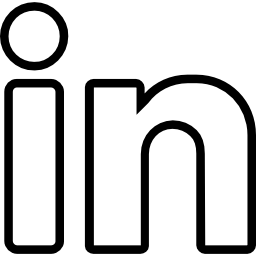Design Thinking And NoCode
- Tia Parker
We atNoCodeJournal are of course practitioners and users of NoCode tools and products as that’s what we use to conduct most of our business nowadays. But one of us also has years of teaching and consulting with Fortune 50 companies on Design Thinking. Considering that both are paramount in how creators and makers build products in the coming decade, we thought it would be a great idea to discuss both in one article as a primer of why these two go together.
What is Design Thinking?
Design Thinking, as defined by IDEOU closely associated with IDEO who invented Design Thinking, calls Design Thinking as a process for creative problem-solving. You can read more about the background of Design Thinking here. It encourages an enterprise or a creator or maker to have a human-centered approach and focus on the people whom they are creating the solution for and understand the real human need behind it.
The reason why Design Thinking has gained traction on the Enterprise side in the last five years is that it helps find the real need for a product. Understanding that helps in reducing risks for new product launches learn from mistakes, pivot quicker, and ultimately create something revolutionary.
Also, another aspect of Design Thinking which is relevant to this NoCode conversation is to understand the core principles of Design Thinking deeply. Being empathetic, ideating, and experimenting are the three pillars of Design thinking irrespective of whether you are creating for products or services or business design or Leadership or Organizational changes.
What is NoCode?
NoCode platforms or tools enable the development of new Products or Services with no manual coding required. NoCode, as a result, empowers non-programmers and individuals who don’t have the technical expertise to build applications. Instead of coding, these platforms or tools use visual modeling, where users can drag-and-drop components into logical sequences to create functional apps.
Design Thinking and NoCode
The fundamentals of design thinking are that the core elements combine to form an iterative approach. Here are the reasons why these both go hand in hand.
· NoCode tools will help in gathering the data which is needed during the initial phase of empathetic interviewing and logging in your observations and data points. In the earlier era, tools required for data gathering are very different from tools used within product usage and needed a manual and automatic ETL process. In the new era, we can use the same machine for data gathering, which we handle as product backend.
· Ideation and experimentation are some of the other pillars of Design Thinking. Using NoCode tools, we can build, discard, and rebuild prototypes and pilots much faster than the traditional method. The time to have a prototype ready after collecting the data is almost instantaneous
· When we come across problems, the intent is to find solutions or create questions that drive towards a solution. When we are using NoCode, tools can collaboratively work or co-create with the end-user who has the problem. NoCode enables us to find the solution quicker instead of the current way to build for a while and then go back to the end-user for feedback.
Design Thinking in Relation with Makers and Non-Technical founders
The baseline approach of NoCode tools calls for your final product or service to be created quickly and without using code. Just cos you can create it quickly and pivot when required should you build it? That answer has got nothing to do with NoCode (or the tool used to develop) it goes back to basic Product-Market fit theory of is there a customer for your finalized product and is there a way to monetize the same.
· Start your NoCode maker journey by empathizing with your end-users and finding a problem that needs solving and seeing how that problem can be solved.
· Prototype using NoCode tools to create a solution which on paper solves the user’s pain point.
· Test it out on the audience and get distinct feedback and helping prioritize product functions and priority of rollout
· Implement again using some of the robust NoCode tools within the industry which can help build and execute end to end apps along with business operations needed to make a product a viable market leader.
So all in all, with Design Thinking, we at NoCode Journal believe that combining the two creates a great recipe for a structured blueprint to help founders on the journey to being a successful business.
follow us

NoCode Tool: Pulpstream
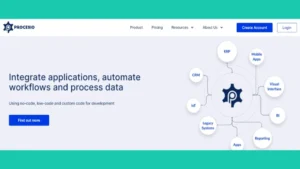
NoCode Tool: Procesio
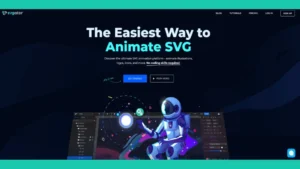
NoCode Tool: SVGator

NoCode Tool: Sofy

Women In The NoCode Space – Edition 2

Women In The NoCode Space
NoCode Tool: Joonbot
Easy NoCode Tools for Non-Tech Beginners
Explore related posts
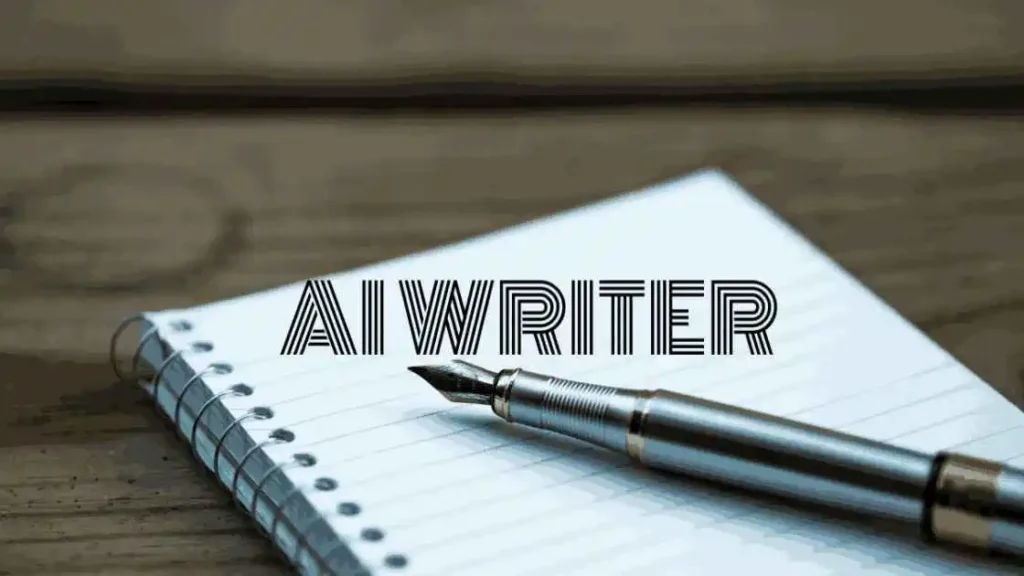
AI Writing Tools
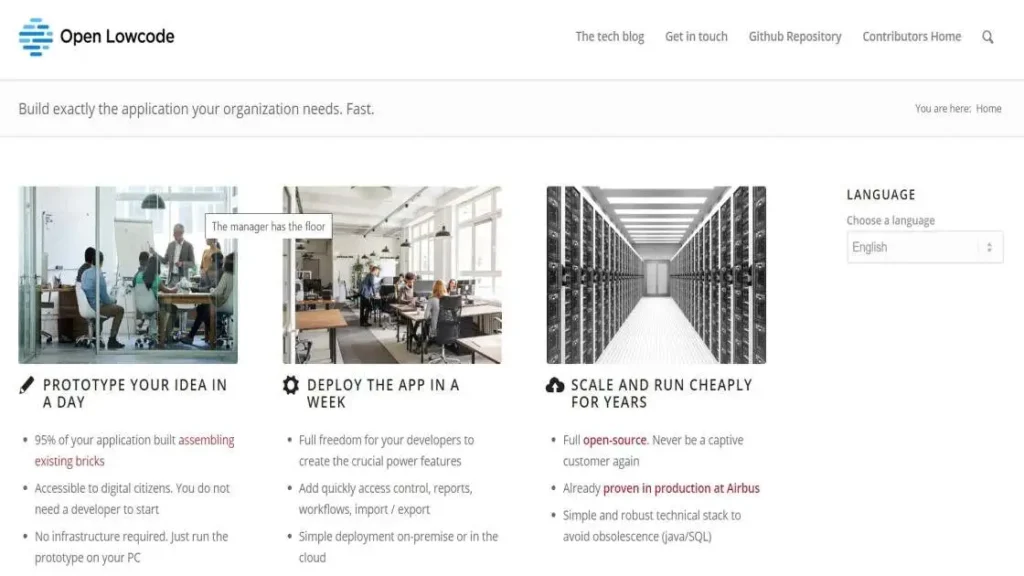
NoCode Tool: Open Lowcode
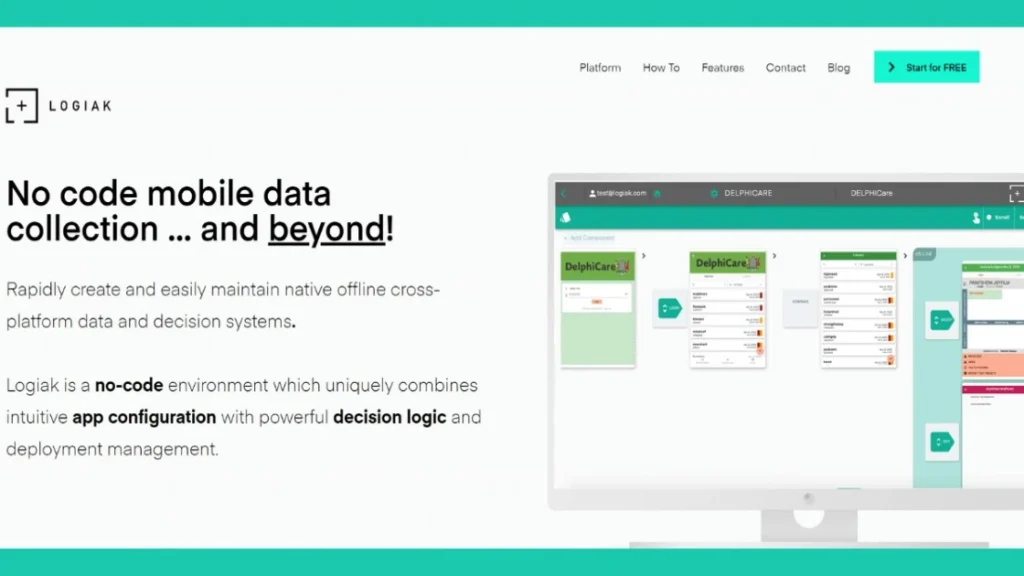
NoCode Tool: Logiak






